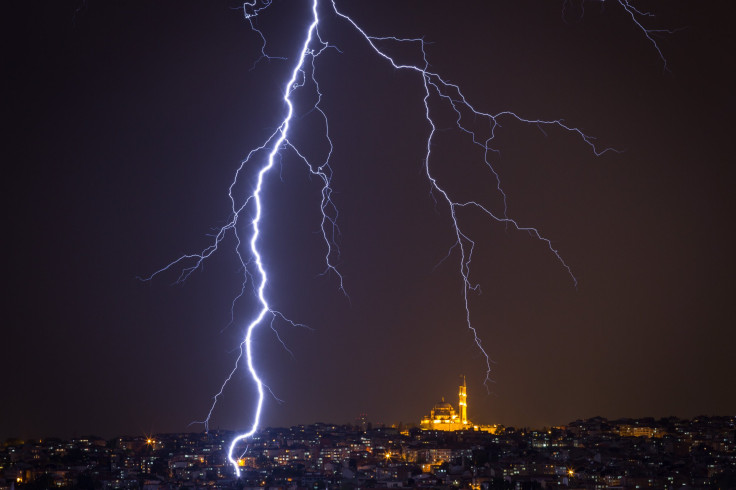New System Uses Artificial Intelligence To Predict Lightning Strikes

A team of researchers was able to develop a new system that can predict when and where lightning will strike using artificial intelligence (AI). According to the researchers, the system can be used to issue important alerts to specific areas before a storm hits.
The new AI-based system was developed by researchers from the Ecole Polytechnique Federale de Lausanne’s School of Engineering in Switzerland. The researchers noted that their invention works by using a machine-learning algorithm.
The researchers explained that this algorithm has been trained to identify and remember specific conditions that lead to lightning strikes. According to the researchers, the algorithm takes note of atmospheric pressure, relative humidity, wind speed and air temperature when making predictions.
As the system analyzes these conditions, it also compares them to previous recordings of lightning appearances as well as data collected by location systems. Through these factors, the researchers were able to create an AI-based system that can provide correct predictions almost 80% of the time.
They also noted that through the algorithm, the system can predict when and where a lightning strike will occur within a 30-kilometer radius. These predictions can be made around 10 to 30 minutes before lightning hits.
According to researcher Amirhossein Mostajabi, unlike most weather systems, the algorithm does not rely on satellite data to provide predictions. Instead, it can use the information collected by any weather station. This means the researchers can use their system even in remote areas.
“Current systems are slow and very complex, and they require expensive external data acquired by radar or satellite,” Mostajabi explained, according to SciTechDaily. “Our method uses data that can be obtained from any weather station. That means we can cover remote regions that are out of radar and satellite range and where communication networks are unavailable.”
Since the algorithm relies on data that can be collected in real-time, the new system can be used to send out alerts in areas before getting hit by a lightning storm.
Details regarding the new AI-based system developed by the researchers were presented in a study published in the journal Nature.
© Copyright IBTimes 2024. All rights reserved.





















